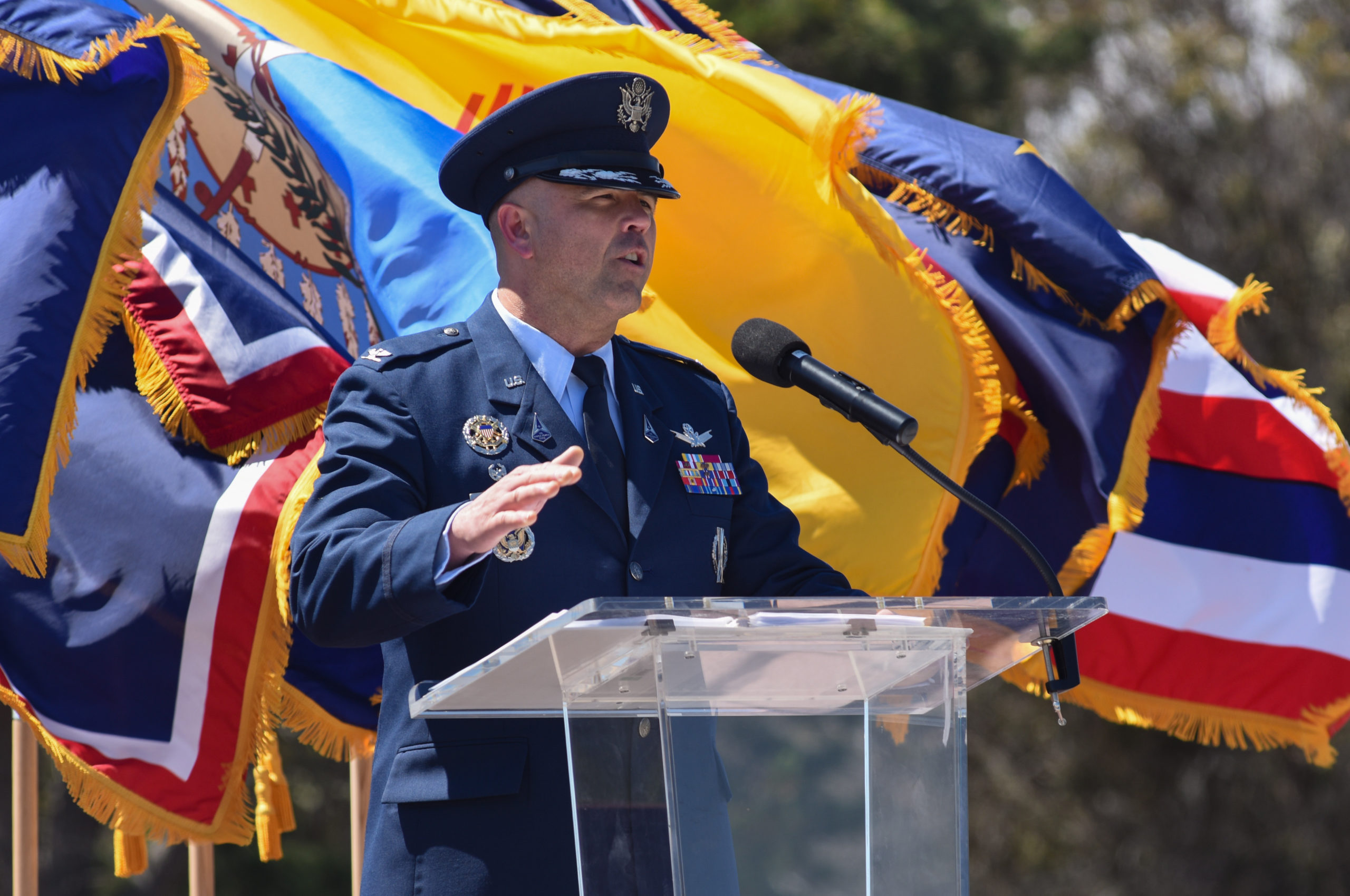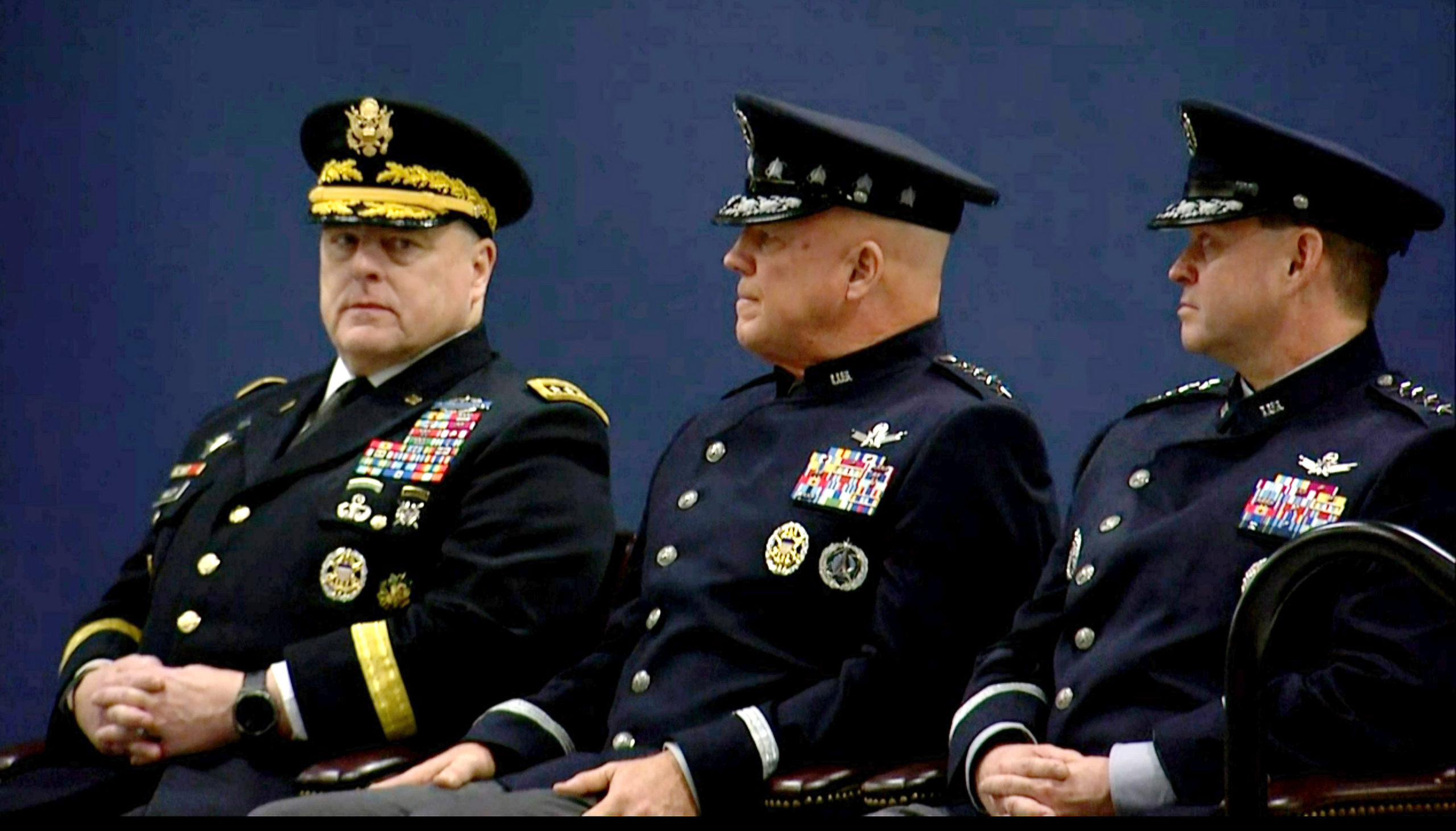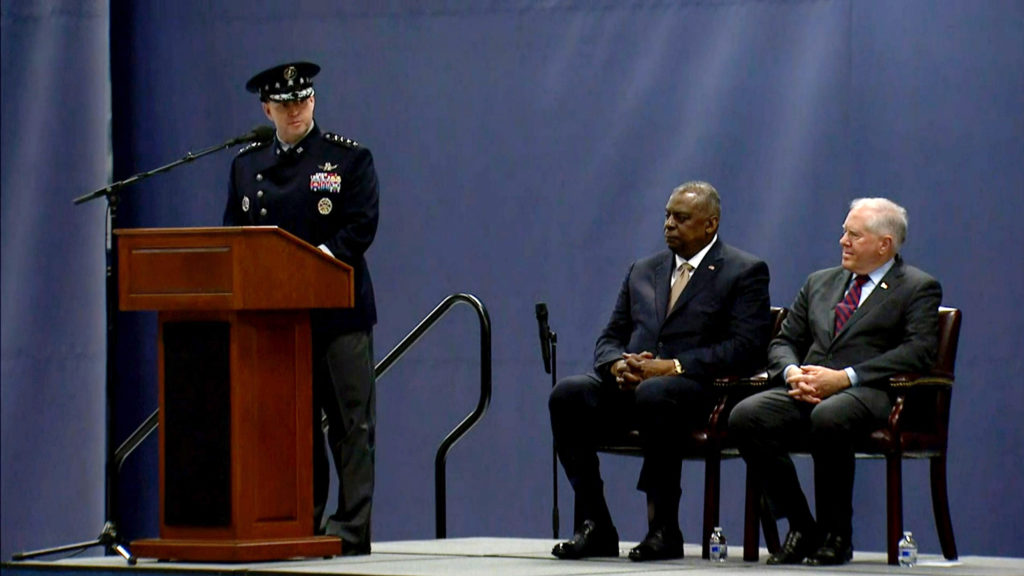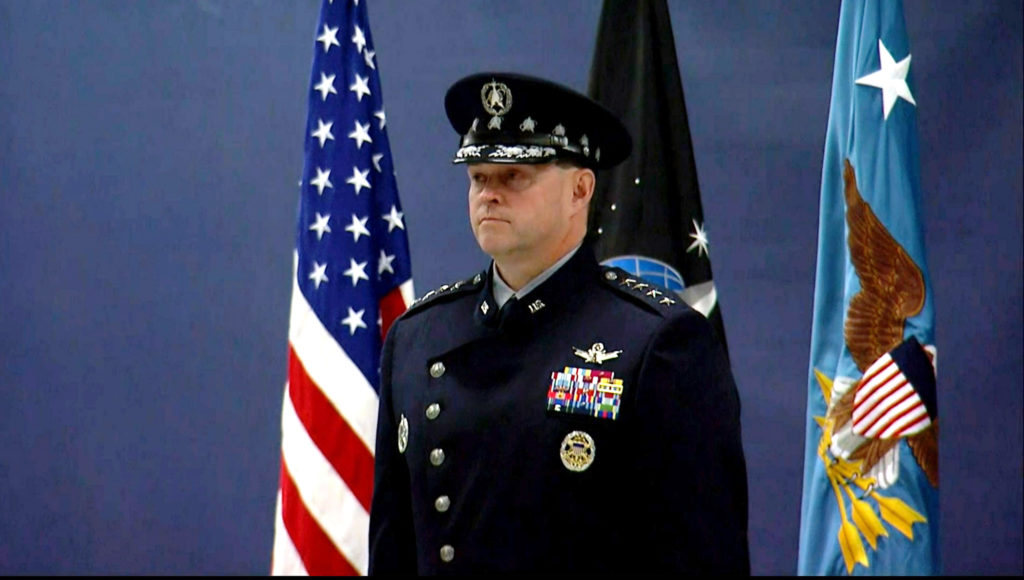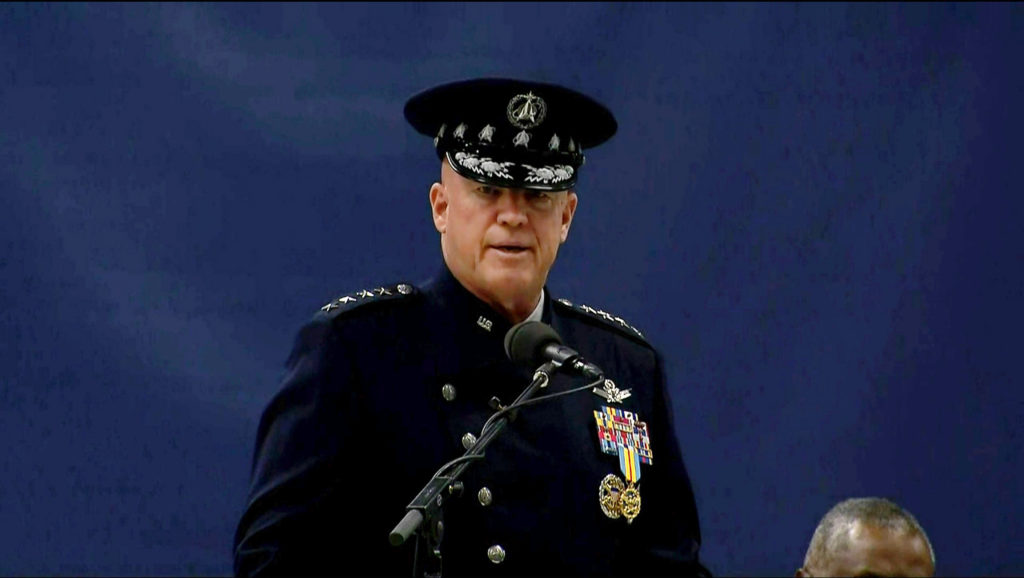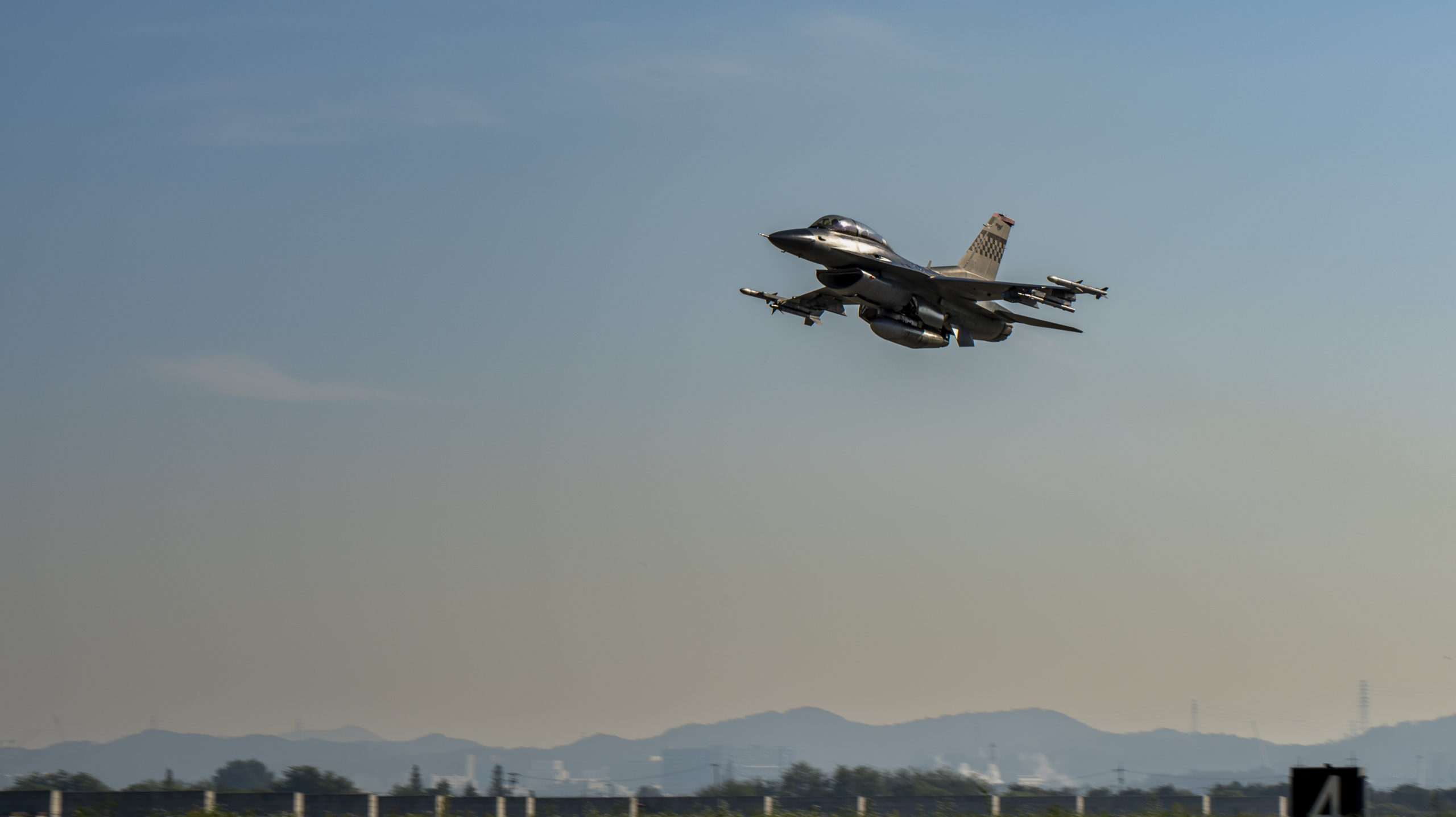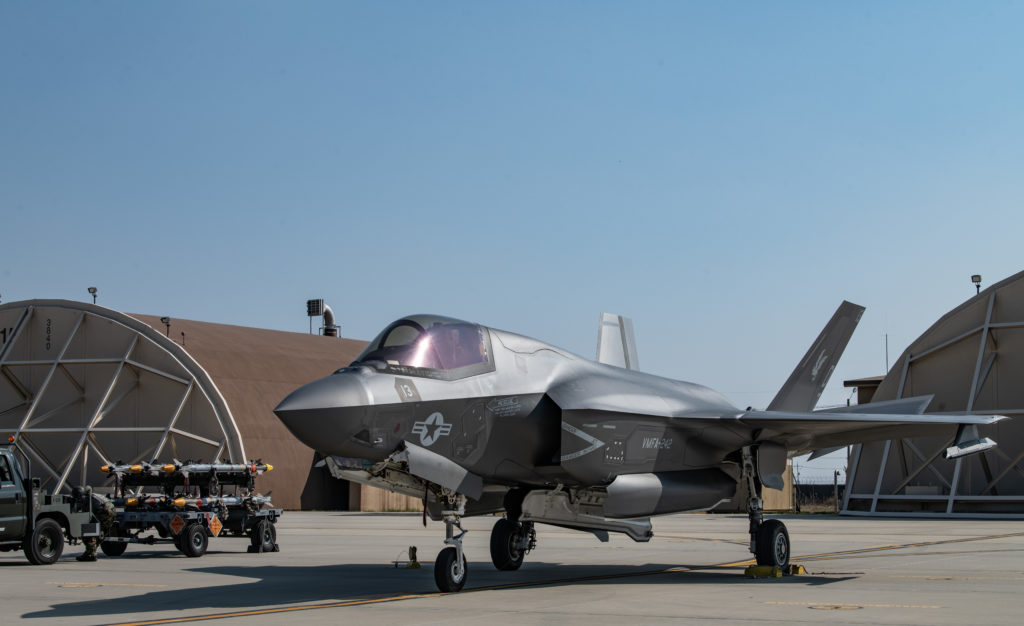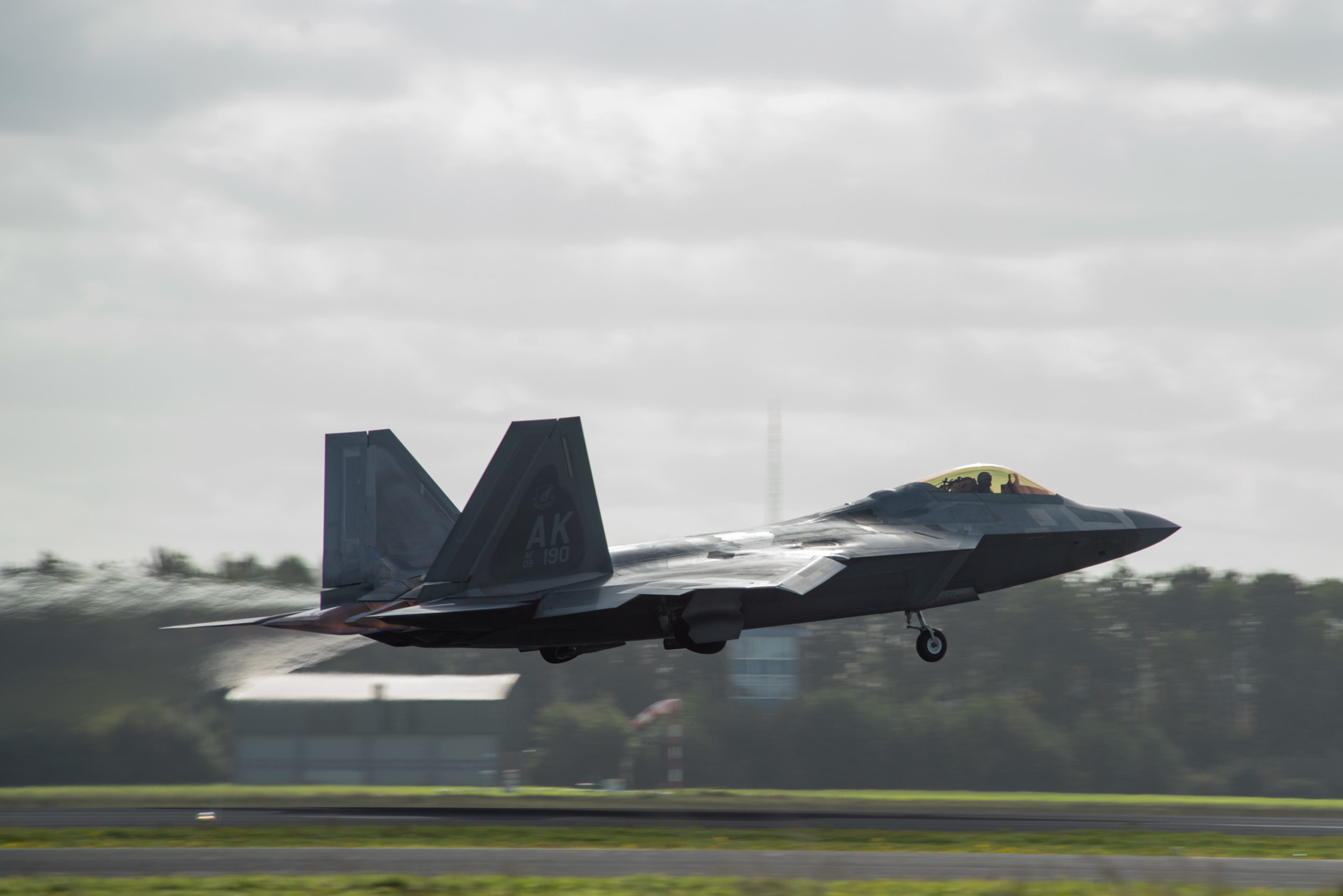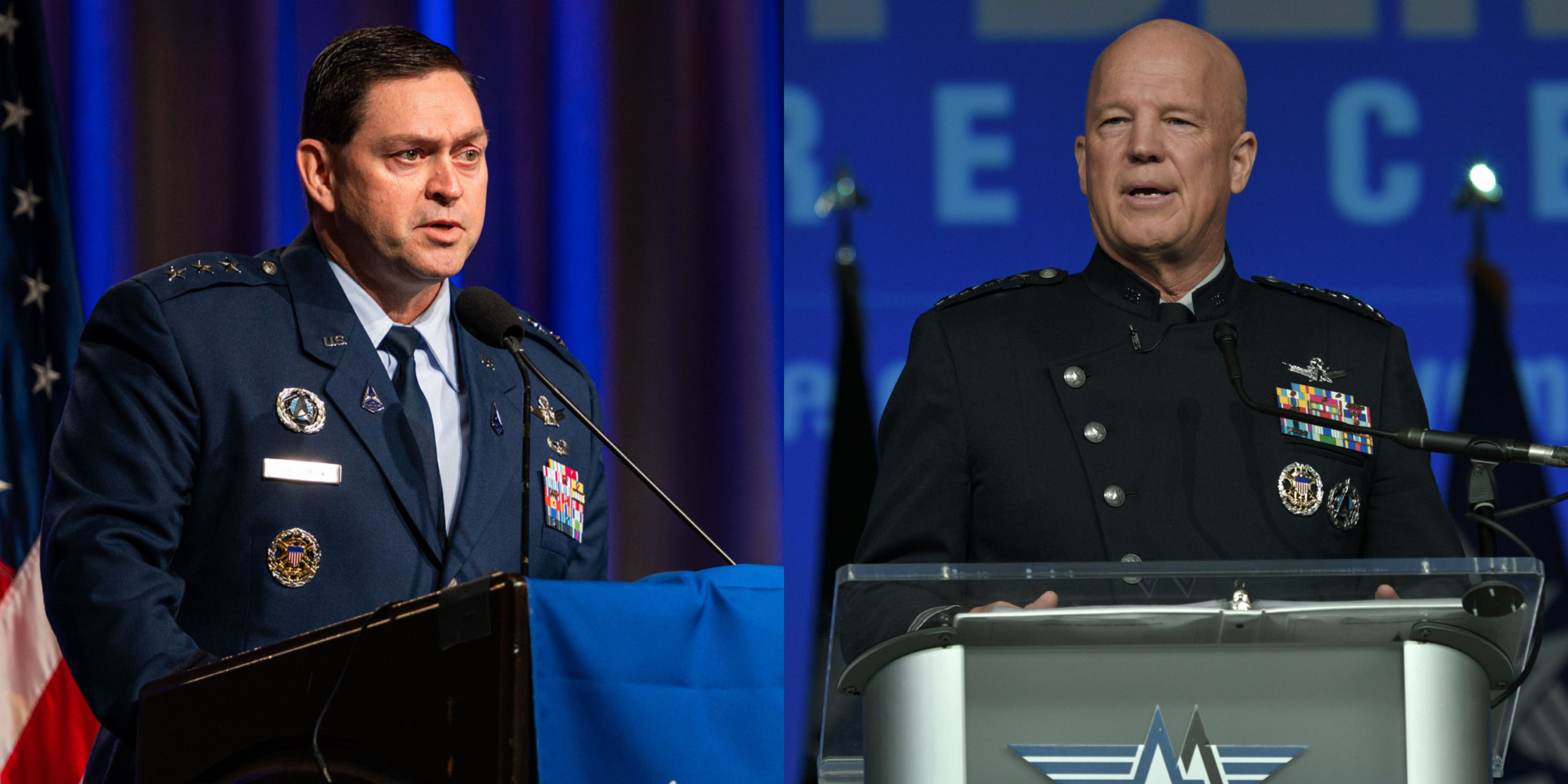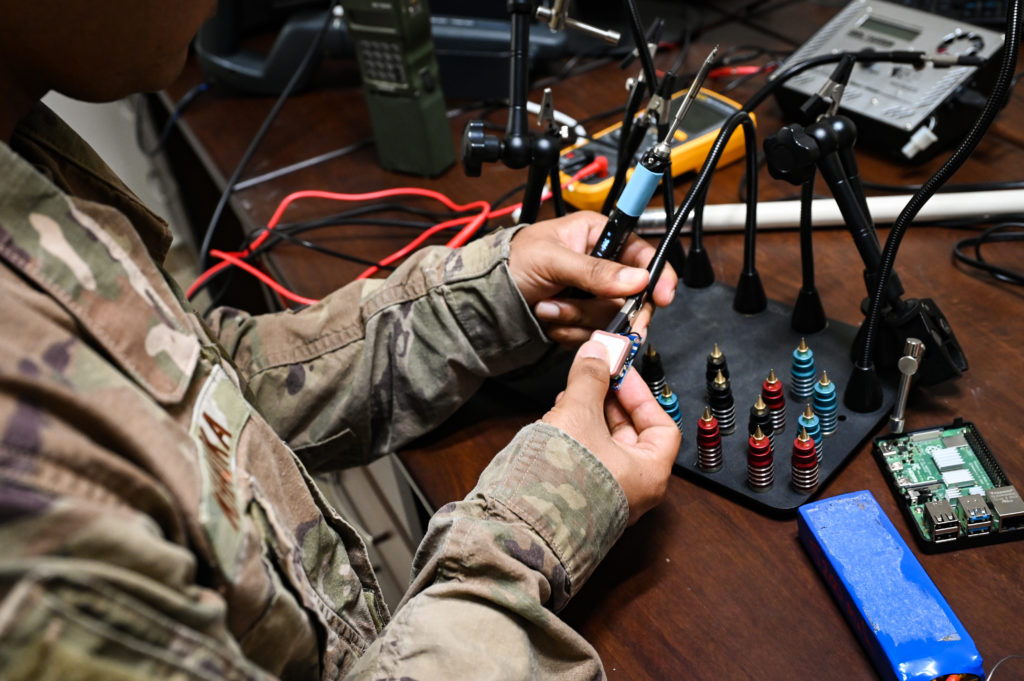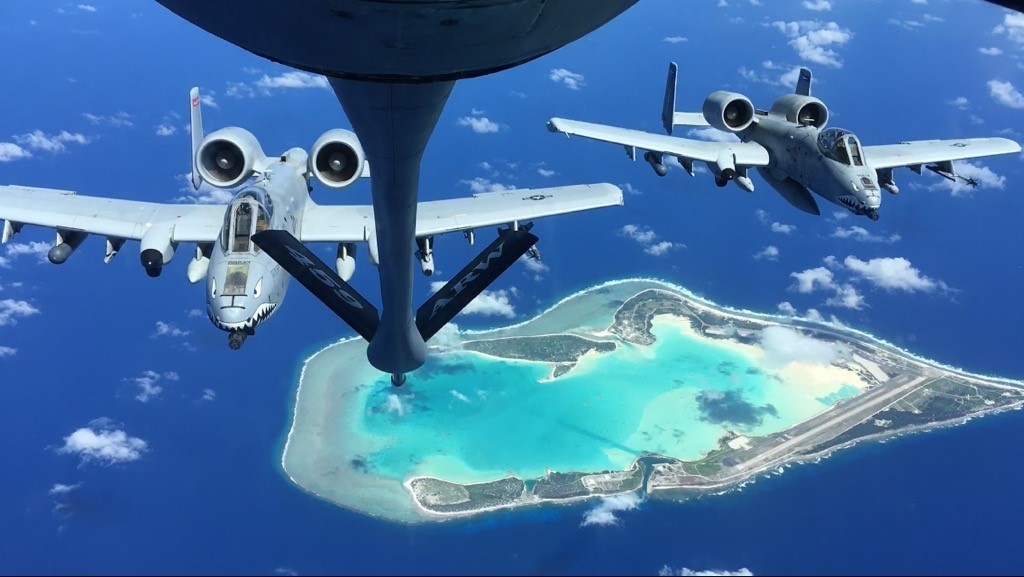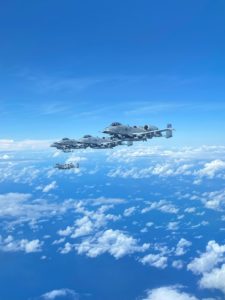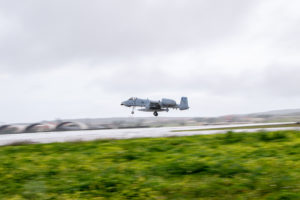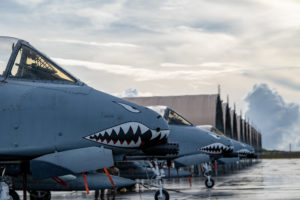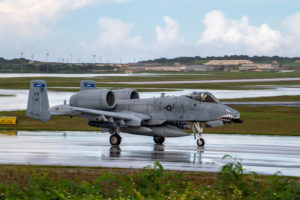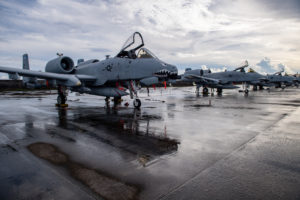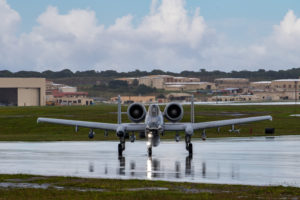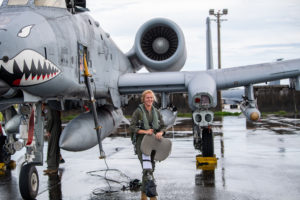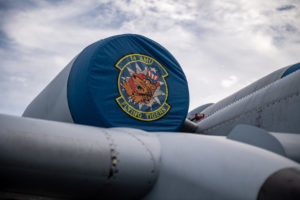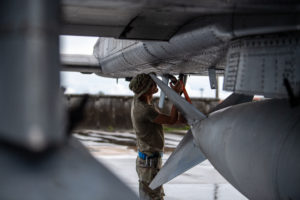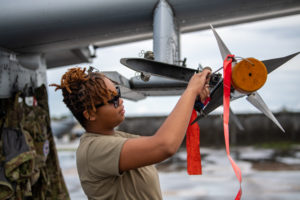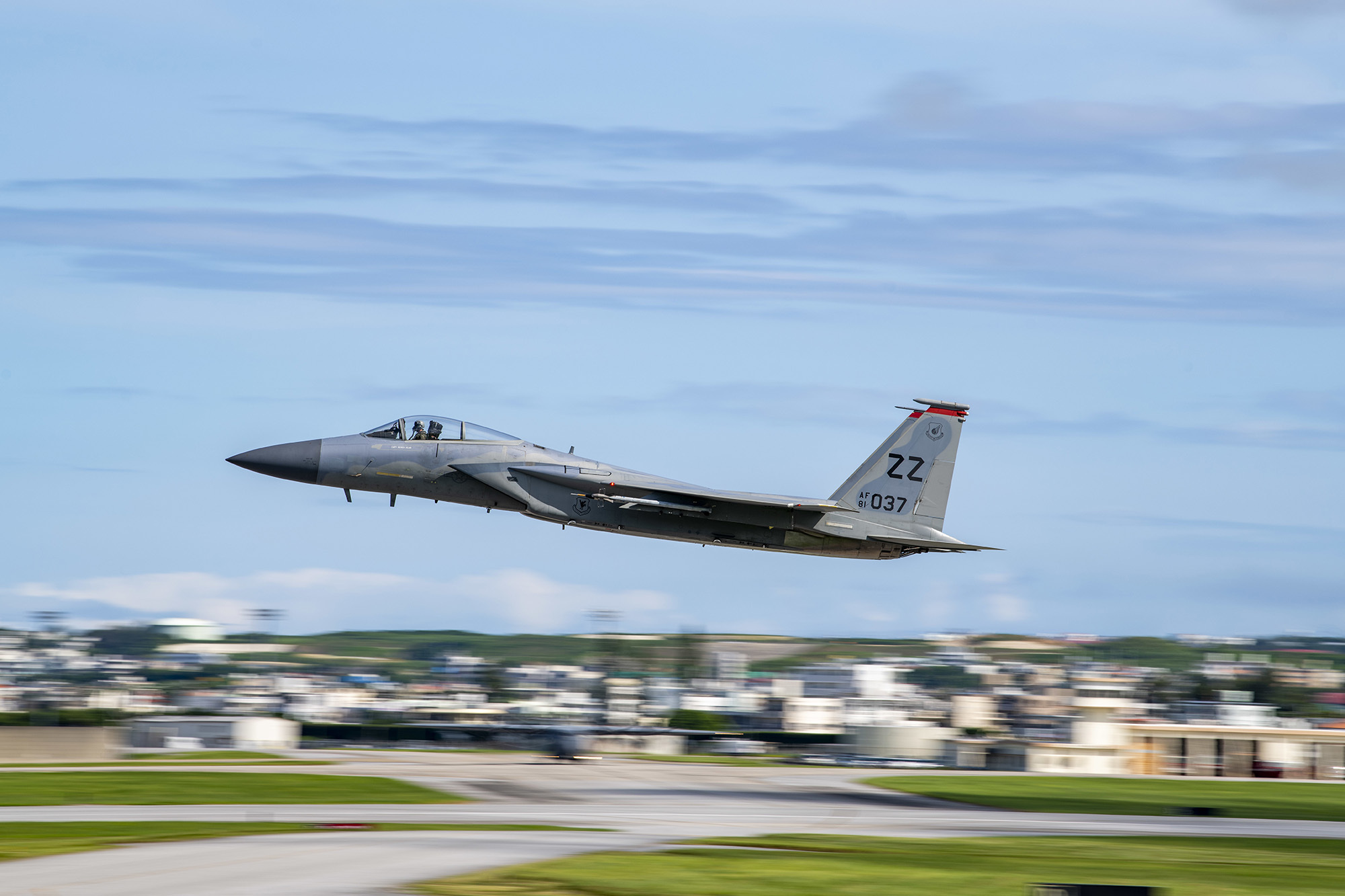The Space Force has a new Chief of Space Operations, and by the end of 2022, it will have established components within two more combatant commands and one sub-unified combatant command.
The first new component, for U.S. Indo-Pacific Command, will stand up Nov. 22, led by Brig. Gen. Anthony J. Mastalir—Vice Chief of Space Operations Gen. David D. Thompson said as much last month at the Mitchell Institute’s Spacepower Security Forum.
But while Thompson merely went on to say that components for U.S. Central Command and U.S. European Command would follow “very soon,” a Space Force spokesperson confirmed to Air & Space Forces Magazine that the plan is for the CENTCOM component—abbreviated SPACEFOR-CENT—will stand up Dec. 2. That component will be led by Col. Chris Putman.
After that, a component for U.S. Forces Korea, itself a sub-command within INDOPACOM, will stand up “before the end of the calendar year,” the spokesperson said. The component will be referred to as SPACEFOR-Korea and will be led by Lt. Col. Joshua McCullion.
As for when a component within U.S. European Command, or other combatant commands, will be established, the Space Force said “there is no timing confirmed.”
To date, the only component the Space Force has within a combatant command is Space Operations Command within U.S. Space Command.
Moving beyond that to integrate within earthbound combatant commands is important, Thompson said at the Spacepower Security Forum, because it ensures that the Space Force can collaborate “closely with other combatant commanders to make sure that not only can we understand what they need in terms of space capabilities, but they truly and deeply understand the full suite of capabilities available to them in the United States Space Force, from other military services, to our IC partners, and through the commercial sector.”
The continued growth of the Space Force’s structure comes as the service welcomes a new leader, Gen. B. Chance Saltzman, who succeeded Gen. John W. “Jay” Raymond as CSO on Nov. 2.
USSF has already established its three field commands—Space Operations Command, Space Systems Command, and Space Training and Readiness Command—and recently integrated the Space Development Agency into its ranks. New Deltas within those commands continue to stand up as well.
